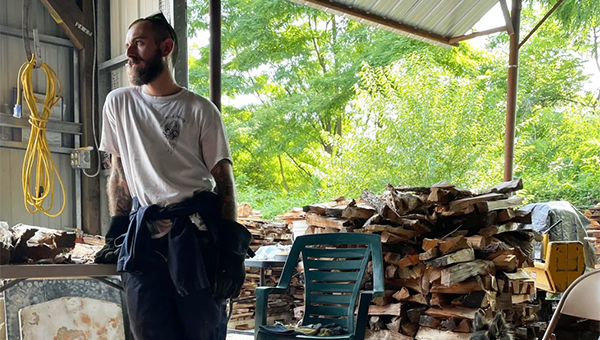
Taking his first ceramics class with Judy Bartella at George School, Sal Annunziato ’14 took an instant interest in the physicality of working with clay. He continued to take ceramics classes and remembers staying late after school in the studio.
“Amedeo [Salamoni] would stay late to keep the studio open for me. He would be in his office trying to work and I would interrupt him to ask him how to do something,” Sal said.
Thus began more than a decade-long friendship; Sal and Amedeo collaborate on projects regularly, and Amedeo helped Sal build his wood-fire kiln.
“Our ideas and what we are interested in tend to overlap,” said Sal. “Amedeo comes to my studio to discuss ideas, and every year I return to George School to help fire the wood kiln on campus.
“I like that clay has physical and tangible aspects to it. I also love the firing process and all the chemistry that is involved in it,” Sal explained. “I have always been more interested in the process of ceramics rather than the finished product. I like to ask myself, ‘What can I try with the glazes? How will the fire interact with different methods?’ I perform these little tests to push my knowledge of the medium. Any finished product is a way for me to keep learning.”
He harvests all of his materials, digging out his own clay. He built a ball mill to grind rocks into powders for glazes. Everything he uses, he sources himself from the local area around his studio.
Sal fires his wood kiln once or twice a month. It is 24 feet long and takes all day to load. He will fire anywhere from 36 hours to 8 days. The kiln needs 24-hour supervision and someone to add wood every 5 minutes. The result, Sal says, is well worth it.
“Wood ash contains silica, aluminum, and various alkaline materials which behave similarly to glass. As the ash floats through the kiln, it lands on the pieces, which creates a natural glaze.”
It’s a very different result from an electric or gas fired kiln. “Electric kilns are oxidation firing and are the most commonly used kilns; they allow artists to program the kiln, load their work and come back when it’s finished,” he explained.
Wood kilns, on the other hand, alternate oxidation and reduction firing. “As the wood burns, oxidation versus reduction occurs,” Sal said. “Reduction is when you starve the kiln of oxygen, causing a combustion reaction that creates heat. If there is too much carbon and not enough oxygen, the high temperature in the kiln weakens the bonds in the silica dioxide of the clay and the fire chemically steals oxygen from the clay to continue the combustion reaction. All of this produces a very different look for the finished pieces.”
He is currently working on a daunting project—a full-sized alleyway, 32 feet long and 9 feet high.
“I’ve finished the design work but haven’t started the sculpture yet,” he said. “I’ve made maquettes (smaller scaled versions of the project) but figuring out the engineering is a huge challenge.”
Sal sees clay as a blank template with infinite possibilities. “Sometimes I focus on the message or idea of a piece like an artist, and other times, I make functional stuff that I don’t consider art. The materials are a big part of what I do. Different materials want to be different things. Some clays work better for sculpture and others work better for throwing. They all interact with glazes and the fire differently. I try to work with my materials rather than have an idea that goes against their nature.”
Sal is known for working with the local materials, larger sculptures, wood fire, and for a rough aesthetic. “I used to do commissions. Now, I sell my work at shows and through galleries that I’ve built relationships with over the years. I like working with galleries because the marketing and promotion, selling, packaging and shipping is work that I don’t want to do. The ceramic work is what I love—I just want to keep making.”
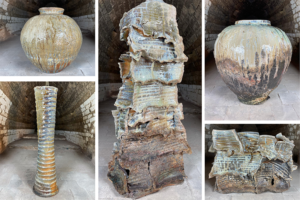




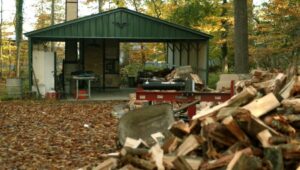

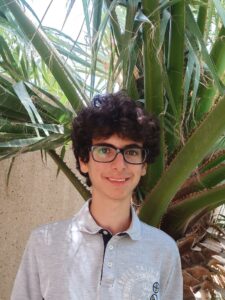 Monastir, Tunisia, and Amman, Jordan
Monastir, Tunisia, and Amman, Jordan Irvine, CA
Irvine, CA Feasterville-Trevose, PA
Feasterville-Trevose, PA New Hope, PA (Previously NYC)
New Hope, PA (Previously NYC) Richboro, PA
Richboro, PA Englewood, NJ
Englewood, NJ Ningbo, Zhejiang, China
Ningbo, Zhejiang, China Willingboro, NJ
Willingboro, NJ Yardley, PA
Yardley, PA Newtown, PA
Newtown, PA Holicong, PA
Holicong, PA Newtown, PA
Newtown, PA Hamilton, NJ
Hamilton, NJ Yardley, PA
Yardley, PA Lambertville, NJ
Lambertville, NJ Chongqing, China
Chongqing, China Pennington, NJ
Pennington, NJ Yardley, PA
Yardley, PA Bensalem, PA
Bensalem, PA Borgota, Colombia
Borgota, Colombia Newtown, PA
Newtown, PA Burlington, NJ
Burlington, NJ Langhorne, PA
Langhorne, PA Princeton, NJ
Princeton, NJ Langhorne, PA
Langhorne, PA New York City, NY
New York City, NY New Hope, PA
New Hope, PA St. Catharines, Ontario, Canada
St. Catharines, Ontario, Canada Providenciales, Turks and Caicos Islands
Providenciales, Turks and Caicos Islands Willingboro, NJ
Willingboro, NJ Princeton, NJ
Princeton, NJ
 Newark, NJ
Newark, NJ Trenton, NJ
Trenton, NJ Newtown, PA
Newtown, PA


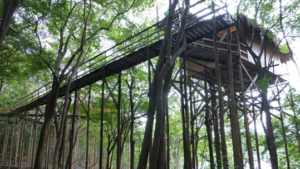
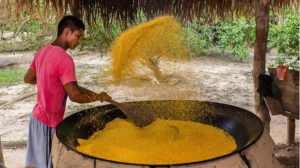


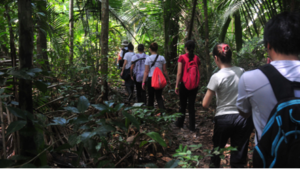

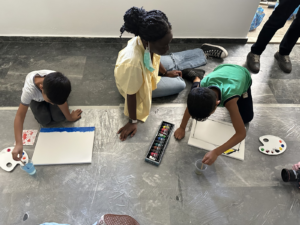
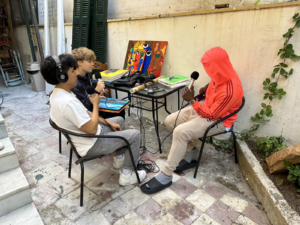


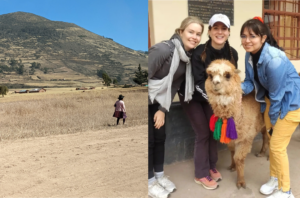

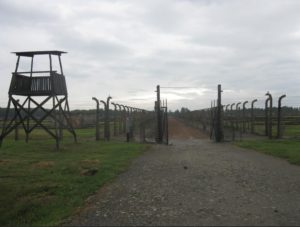
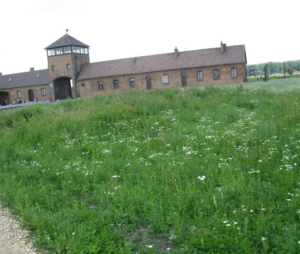


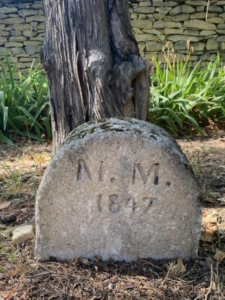
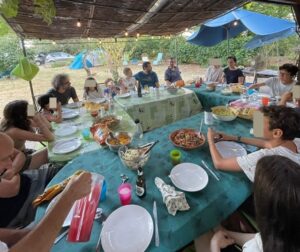
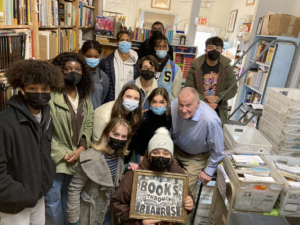




 Lawrence, NJ
Lawrence, NJ Seoul, South Korea
Seoul, South Korea
 Milwaukee, Wisconsin
Milwaukee, Wisconsin Pennington, NJ
Pennington, NJ Jenkintown, PA
Jenkintown, PA Ottsville, PA
Ottsville, PA Yardley, PA
Yardley, PA Providenciales, Turks and Caicos Islands
Providenciales, Turks and Caicos Islands Hopewell, NJ
Hopewell, NJ
 Pottstown, PA
Pottstown, PA Playa del Carmen, Quintana Roo, México
Playa del Carmen, Quintana Roo, México Shanghai, China
Shanghai, China Beijing, China
Beijing, China Yardley, PA
Yardley, PA Beijing, China
Beijing, China Holland, PA
Holland, PA Langhorne, PA
Langhorne, PA Ringoes, NJ
Ringoes, NJ New Hope, PA
New Hope, PA Dreshner, PA
Dreshner, PA Yardley, PA
Yardley, PA Yardley, PA
Yardley, PA PA
PA


 Xi’an, China
Xi’an, China





